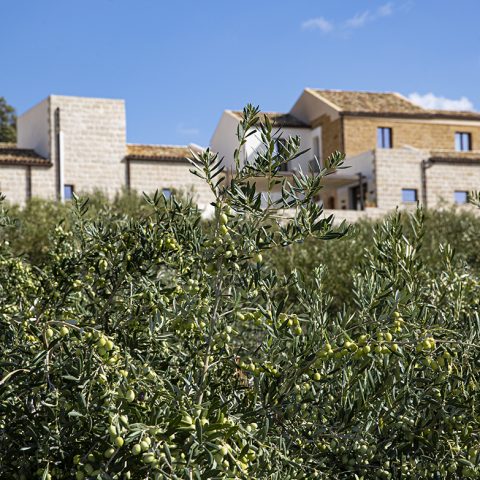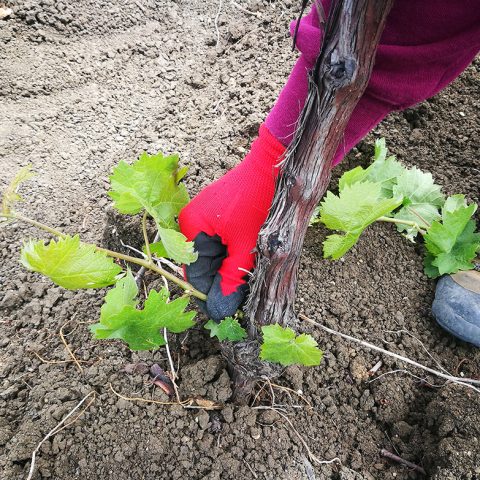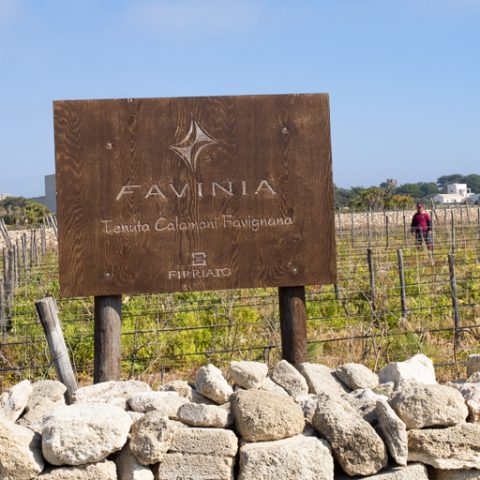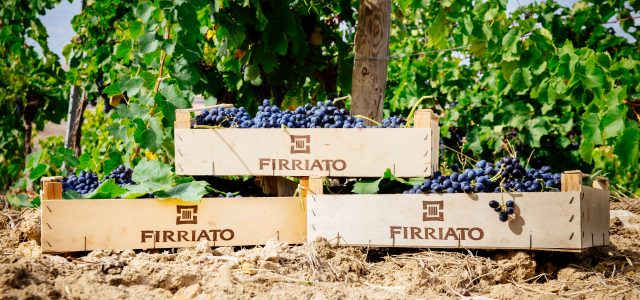Firriato: the Terroir of Favignana island
The estate of Calamoni which soil consist in quaternary bio-calcarenite, is the perfect example of how the proximity of the sea influences the organoleptic profile of the grapes
The Egadi butterfly

The estate of Calamoni is unique not only for being set in the island of Favignana, but also for hosting the only vineyard in production of the entire Egadi archipelago. Spread over just over 5 hectares bordered by traditional dry-stone walls, the Calamoni vineyard is located on the central-southern side of the island, developing into a unique and unrepeatable habitat. The soil on which it rests – unlike most of the Mediterranean islands that have a volcanic, granitic or limestone nature – consists of a quaternary bio-calcarenite platform formed over millions of years and composed of fossils (such as shells and fish skeletons ) settled and incorporated by the pressure that the sea exerts on its own bottom.
The young island
Despite appearances, Favignana is a very young land. Unlike most of the territories where the vine usually grows, the island emerged just six hundred thousand years ago, with that characteristic concentration of limestone in the soil that gives Firriato wines great profile and longevity: the roots of the plants, because of the contact with the aquifer, while the bio – calcarenite rocks act as a natural filter draining the salty water.

A vineyard between sea and wind

Furthermore, the Calamoni vineyard is influenced by two peculiar phenomena triggered by the interaction between the sea and the Favonio, that blows constantly on the island. The wind carries the marine Neptune grass, an aquatic plant widespread only in the Mediterranean that, after having developed in the rocky bottom, detaches going to accumulate on the coast. Raised Posidonia dried in the sun, Favonio spreads it around the vineyard, contributing (along with the guano of the seagulls) to the natural fertilization of the Calamoni soils. The second effect of this exceptional ventilation is the so-called “marine aerosol”, through which the plants of the vineyard are irradiated with nebulized sea water. This defines, on the one hand, the typical color scheme of the bunches, on the other, the characteristic small burns on the leaves caused by the salt.
Late pruning
The pruning system chosen for Calamoni plants starts again between the mixed and the poor, with few buds per fruit head. By stretching the island’s environment to induce asynchronous technological maturations with respect to phenolic and cellular ones, increasing the load of gems would mean accentuating the imbalances, with not perfect grapes. Furthermore, in order to avoid any damage, the pruning period is the most delayed possible; a solution that, by postponing sprouting, reduces the risk of susceptibility of small shoots to the effects of marine aerosol caused by scirocco.































